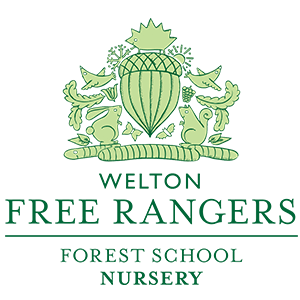We had a wonderful theme last week that has permeated through many different activities throughout the Den. Although the controversial subject of the theme is also cause of the most common phobia in the world obviously has nothing to do with it... If you haven't guessed, I decided off the back of the bug hunting weeks, to focus on one particularly incredible creepy crawly that literally puts the 'creeps' into many of us. Wonderful, fascinating, and wholly essential: Spiders. They are an integral part of the natural balance of an ecosystem, preventing us being inundated with mosquitoes and crane fly.

Spiders, much like sharks, get a bad press. Media has always sought to sensationalise the biggest and nastiest, the scariest and most deadly creatures known across the world. And to be fair there are some truly deadly and nasty looking arachnids out there, and we need only look at a Camel Spider, Goliath Bird Eating Tarantula, Giant Huntsman or a Wandering Brazilian Spider and most fears are justified! (Seriously, the Camel Spider is horrific!) Fortunately our climate in the UK, has spared us from the nastiest of the arachnids, although there are a few species capable of giving a painful nip and a few that can cause a nasty irritation and swelling. Apologies, I know I'm not doing anything to help change your opinion here. Let me try a little harder...
It was my aim for this week to try and dispel a few myths for the children through plenty of positive interactions with our 8 legged little friends. And that's exactly what we did. Michael Rosen's excellent book "We're Going on a Bear Hunt" formed the basis of the search, and we appropriated the rhythmic words to fit in with our own spider hunts. Our variations were changing the "What a beautiful day!" line, to fit in with the varied weather we had that week:
"We're going on a spider hunt,
We're going to catch a hairy one!
What a windy day!
We're not scared!"

Similarly, we also used the locations in the story as locations in our outdoor area to search for different spiders, as not all spiders live on webs. We looked through the 'swishy, swashy' grass, in the 'squelchy, squerchy' mud (under logs and stones) and in the 'splashy, sploshy' river (pond, although they didn't go in!) There were other places the children explored as well, like under our platform and in the apple tree. As with the aforementioned Bug Hunts from the previous few weeks, I wanted to instil the same values of respect in the children, as well as the value of spiders in our environment. Every bug or mini beast has a role to play in the environment, and keeps a balance, especially in our gardens as they are excellent at keeping pests in control.
Autumn, September in particular, is an especially busy time for spiders. It's peak mating season: the males are on the prowl, and the ladies are fattening up to make themselves more maternally appealing to the chaps which is why they are much more apparent then at any other season. This also explains why you will see so many house spiders indoors during the colder months. If you find one, it will probably be a male, as they have to do all the running around in this mating game. Our paddock was no exception, we couldn't walk 2 metres before a child found another. We were also fortunate enough to see a few orb web spiders making their intricate webs, and the children fascinated by the spiders' silvery thread being produced out of their bottoms! (They had a hard time believing me when I told them they recycle their thread by eating it!).
We found some fantastic specimens, mostly orb web spiders like the Common Garden 'Cross' Spider (due to a cross of white spots on its abdomen), but we also found several comb footed species, as well as the impressive 4 spot Orb Weaver, not to mention water spiders which the children enjoyed chasing with their fingers onto the water to see them scuttle across using the surface tension of the meniscus layer. Furthermore the children also discovered a bug similar to the spider - the weird looking Harvestman. Easily confused due to their 8 legs, that is where the similarities end, as they are only distantly related to spiders. They neither have fangs, produce silk or produce venom, and only have two eyes, but you could be let off from assuming they were.
It was a really successful week, and I'm really glad the children enjoyed their time. It certainly wasn't a hard week to get the children out and the pond dipping this week is going just as well!
Thanks for reading and as always, leave a comment if you liked what you read!
R. Fox
[gallery type="default" ids="4735,4737,4739,4740,4741,4742,4743,4744,4745,4746,4747,4748,4750,4752,4753,4754,4755,4757,4756"]
